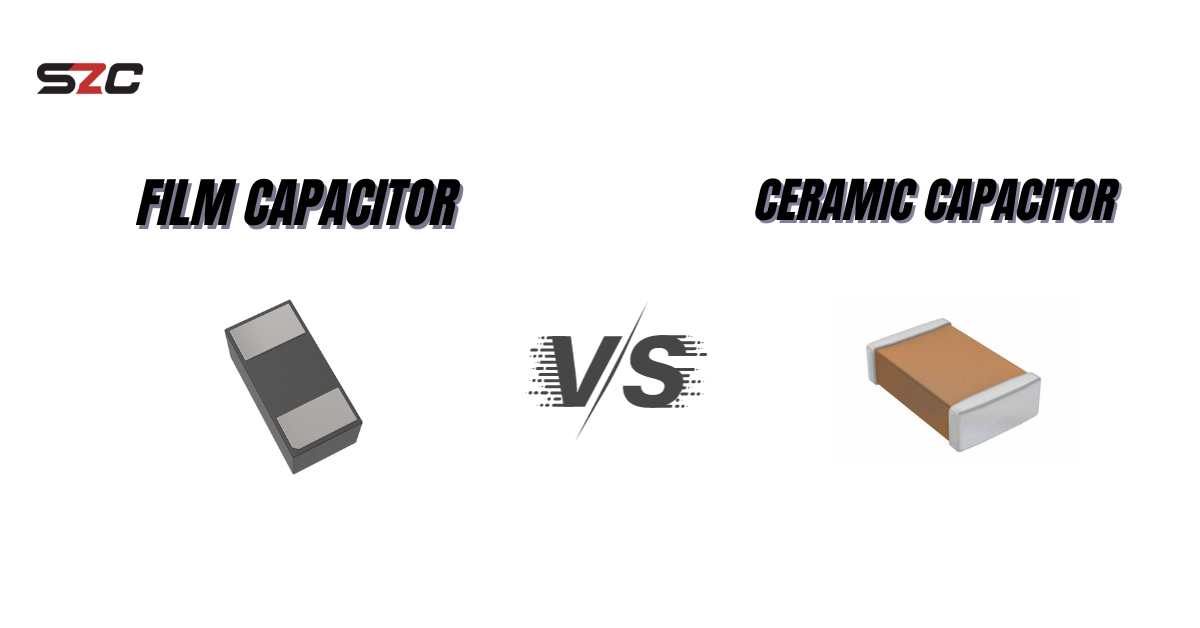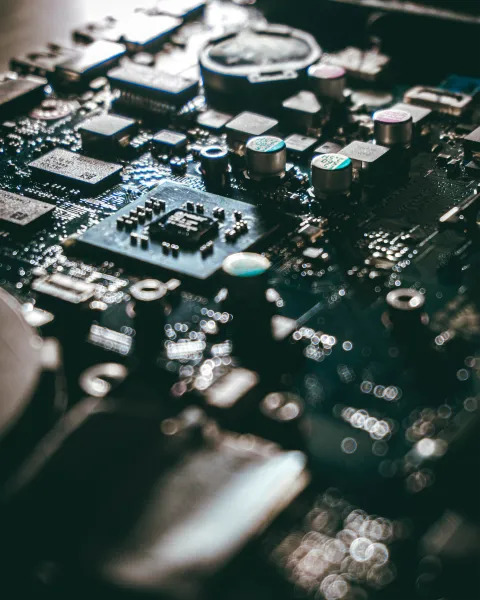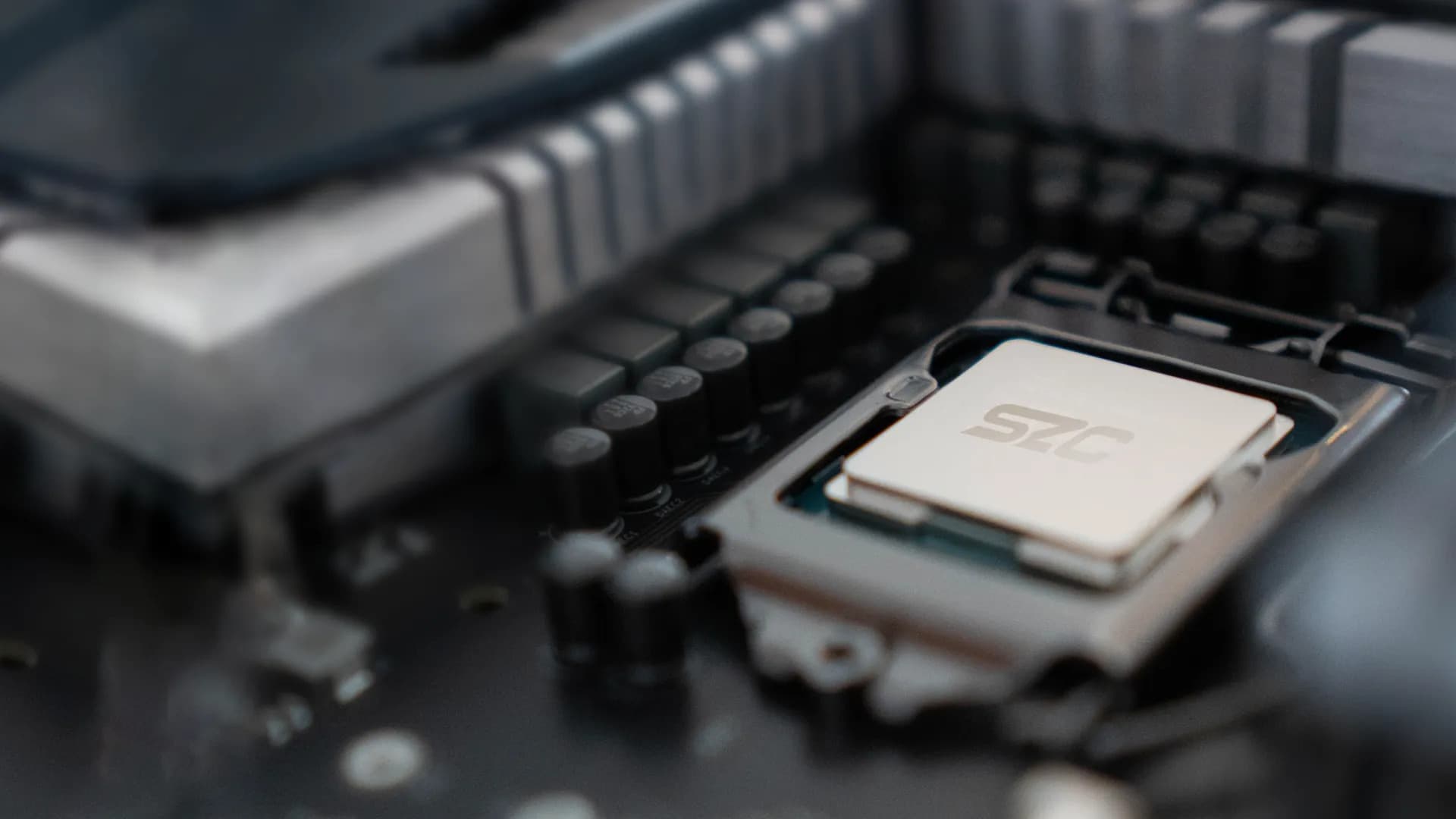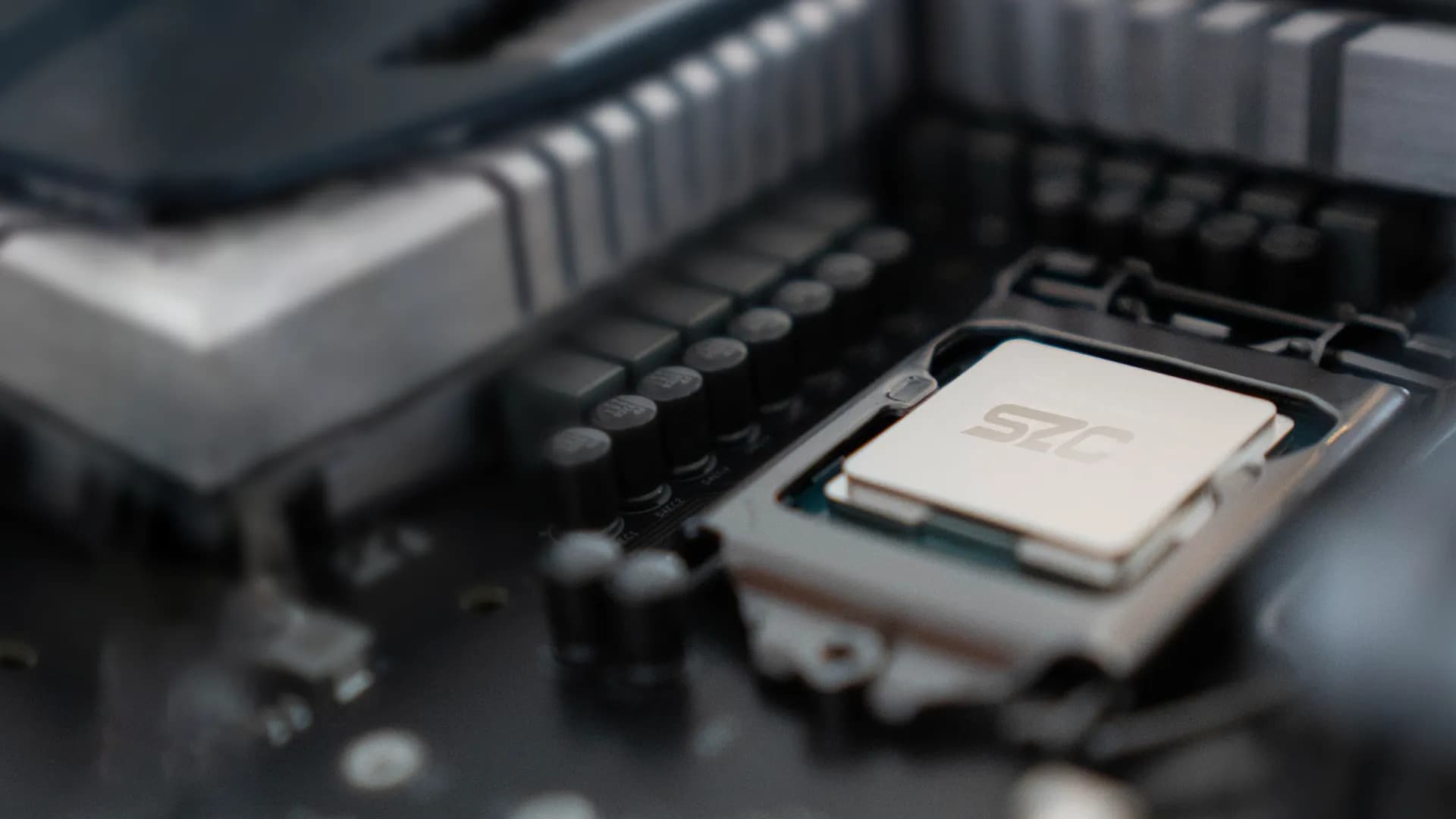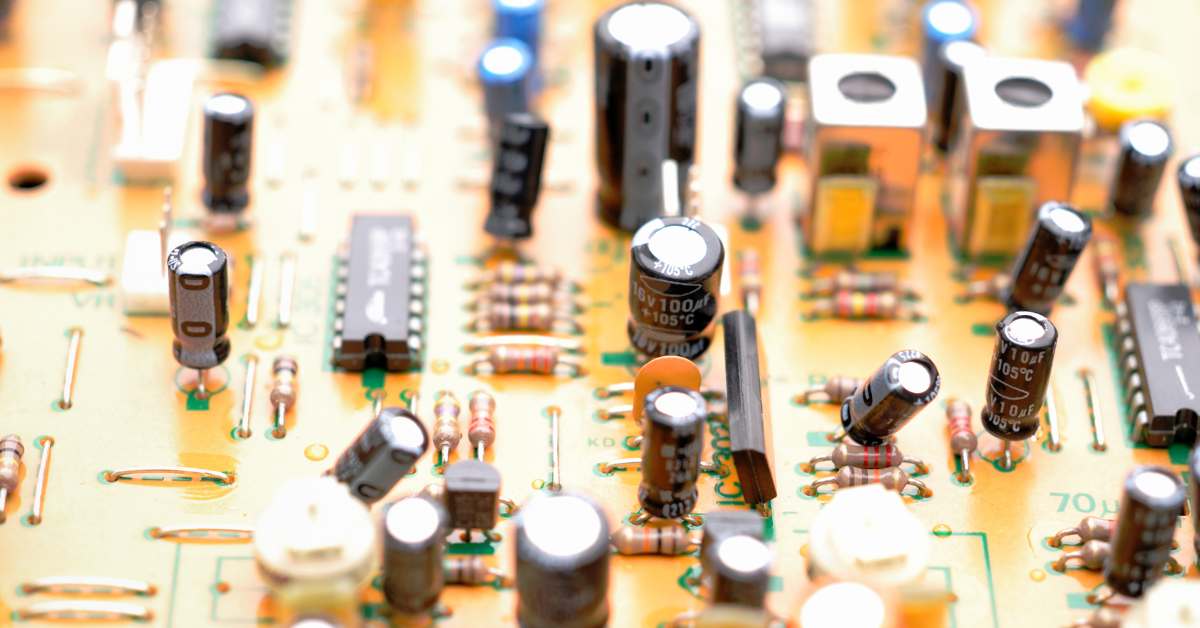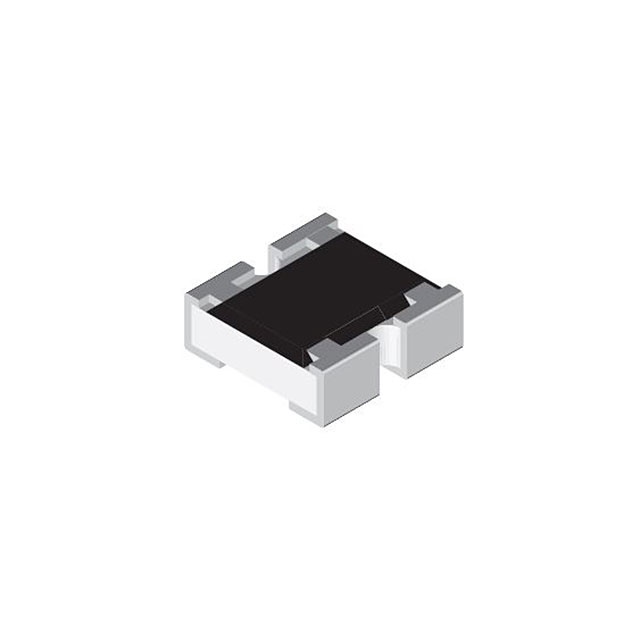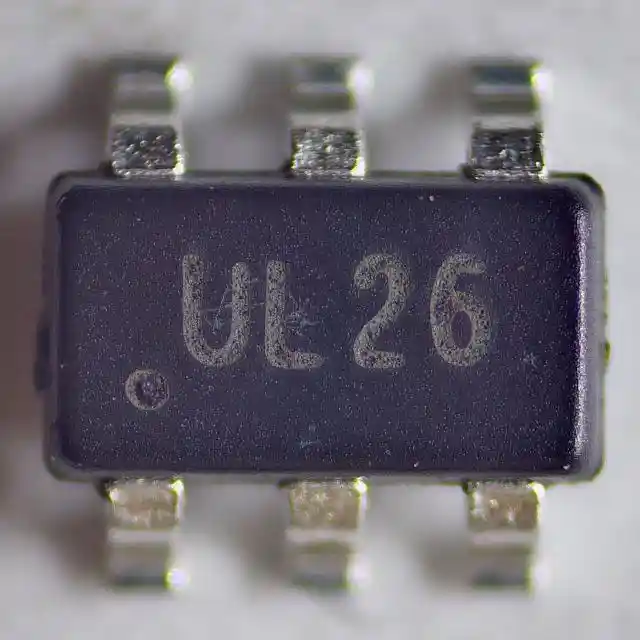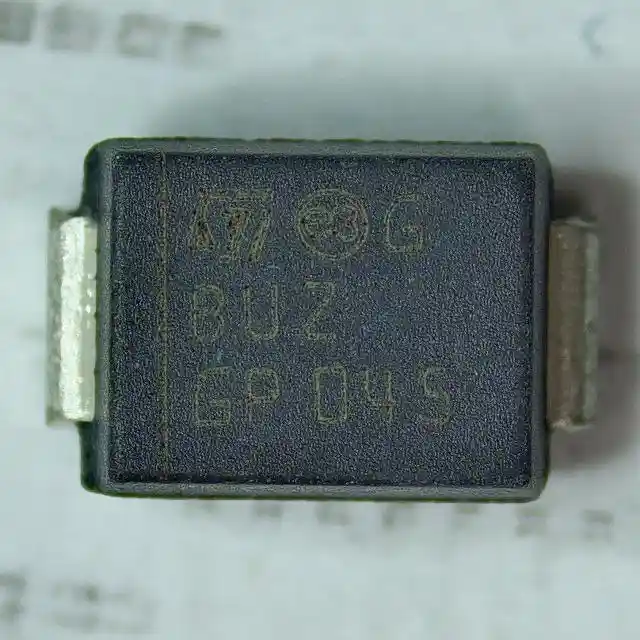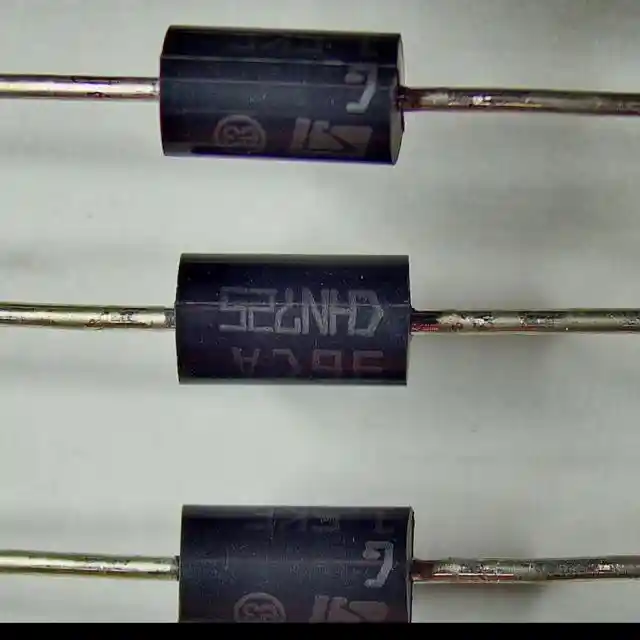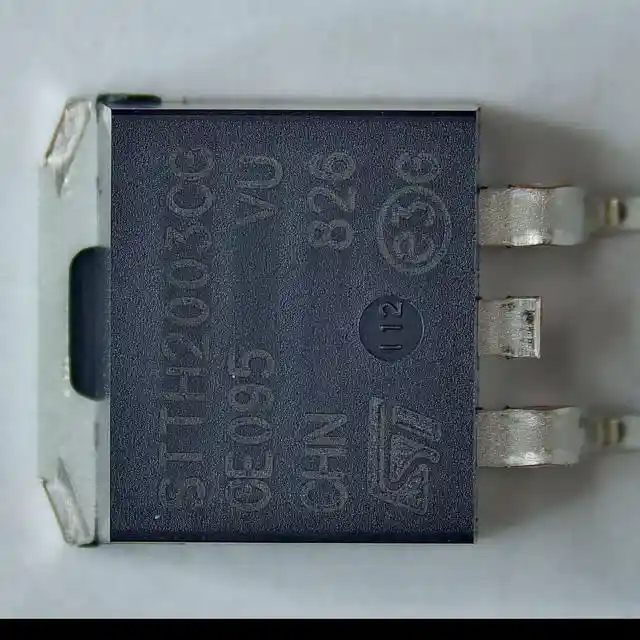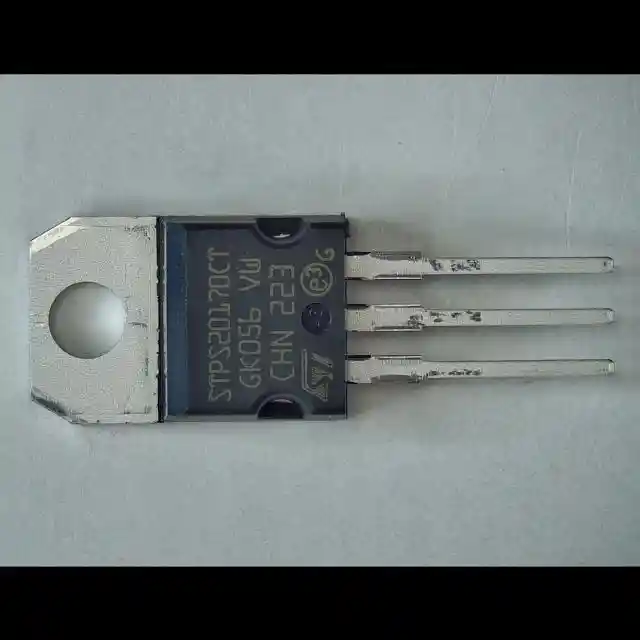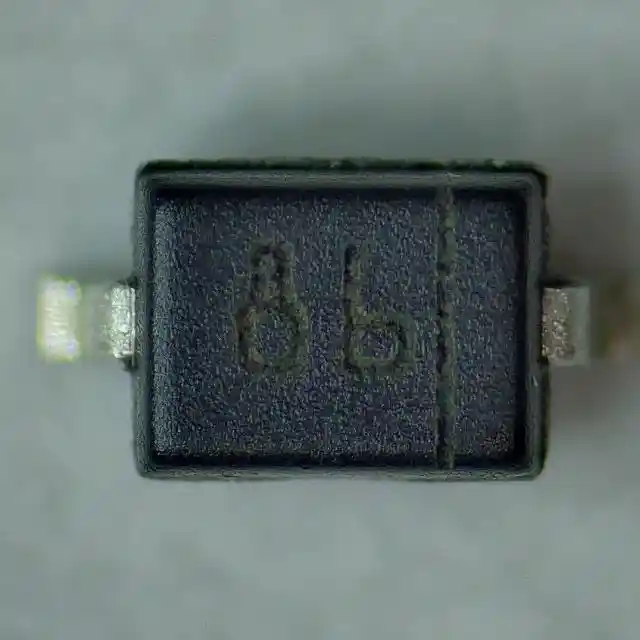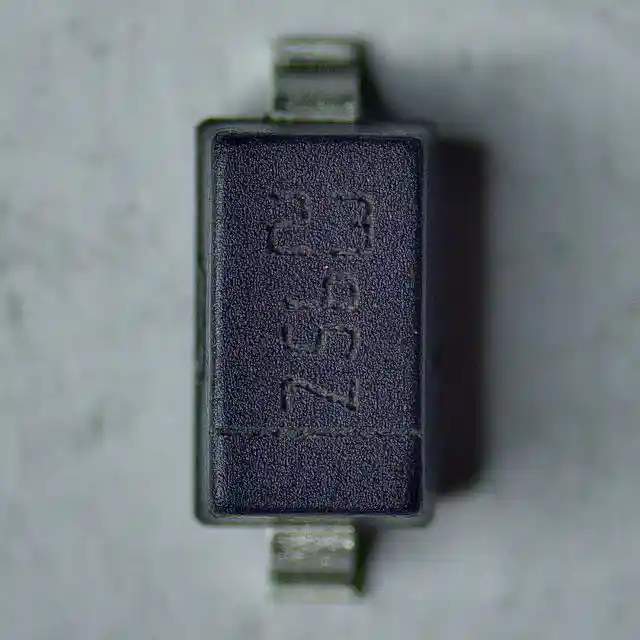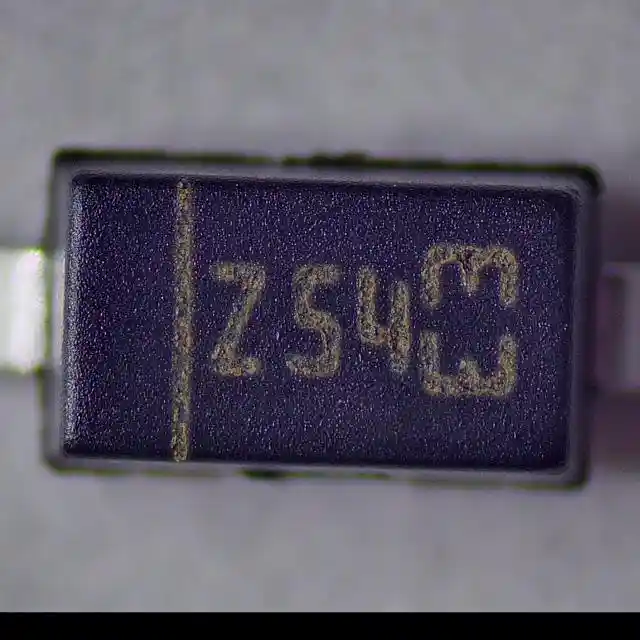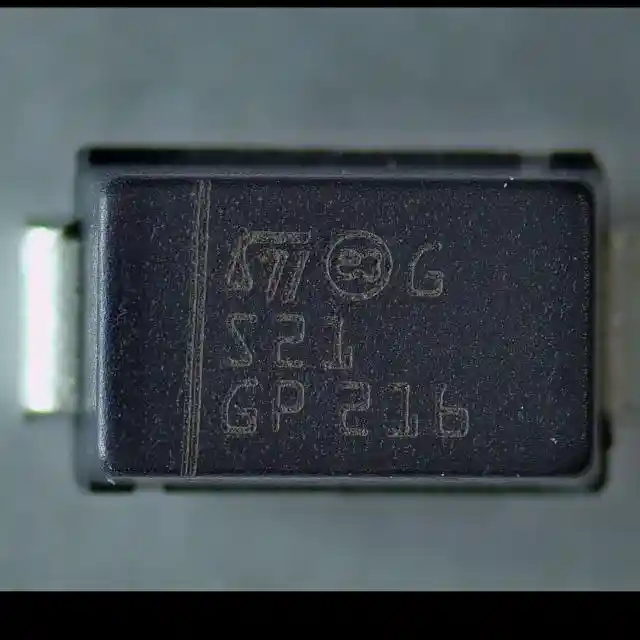Today, we're diving headfirst into the captivating world of electronic components, unraveling the mysteries behind film and ceramic capacitors. Buckle up because we're about to embark on a thrilling journey through the currents of capacitance!
You might be wondering, "What on Earth are film capacitors, and how do they differ from their ceramic counterparts?" Fear not, intrepid reader, for we're about to demystify these electronic wizards and shed light on their unique characteristics.
What are Film Capacitors?
Imagine film capacitors as the cinema stars of the electronics world. These capacitors use a thin plastic film as the dielectric, creating a captivating performance that's both reliable and stable. Think of them as the method actors, always consistent in delivering their roles!
Film capacitors come in various shapes and sizes, from the humble polyester capacitors to the high-performance polypropylene capacitors. Each type plays a distinct role in the electronic script, contributing to the overall performance of the circuit.
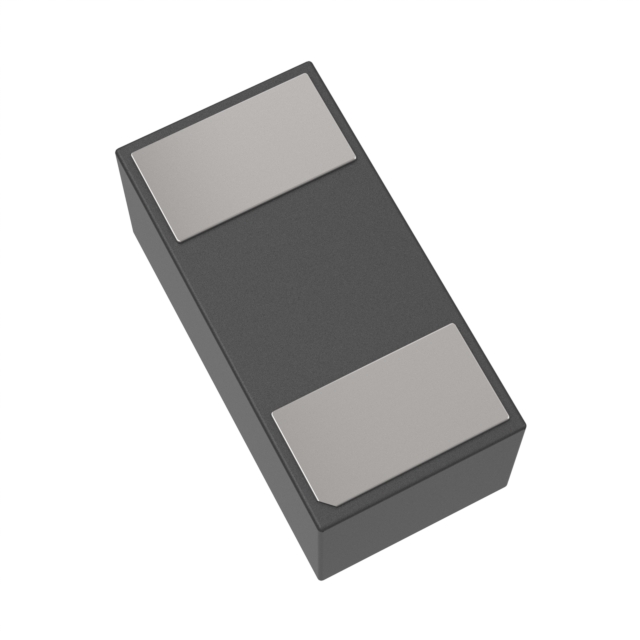
What are Ceramic Capacitors?
Now, let's shift our focus to the ceramic side of the spectrum. Ceramic capacitors are like the chameleons of the electronics world, adapting to different situations with ease. These capacitors use—you guessed it—ceramic materials as their dielectric, offering versatility in their applications.
From the everyday monolithic ceramic capacitors to the mighty multilayer ceramic capacitors, this family boasts a variety of characters, each with its unique strengths. They're the superheroes of the circuit, swooping in to save the day with their reliability and compact size.
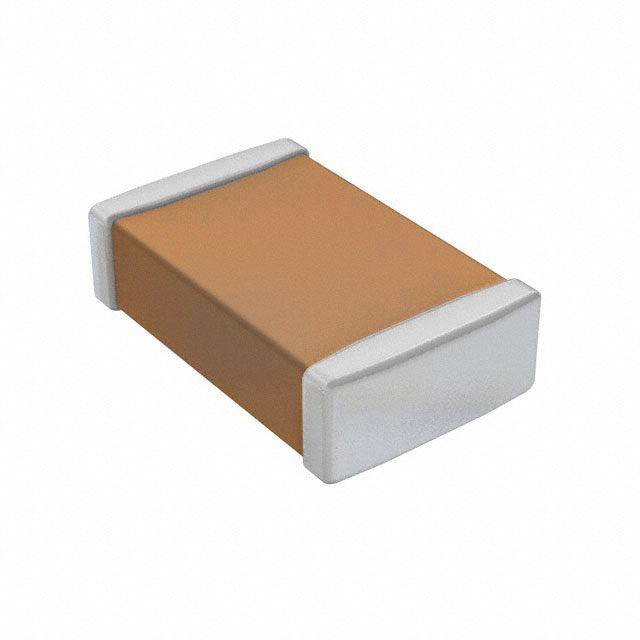
Types of Capacitors: A Cinematic Lineup
Just like in a blockbuster movie, the world of capacitors has a diverse cast. Let's take a quick look at the lineup:
Film Capacitors
- Polyester Capacitors
- Polypropylene Capacitors
Ceramic Capacitors
- Monolithic Ceramic Capacitors
- Multilayer Ceramic Capacitors
Difference Between Film and Ceramic Capacitors
Now, let's cut to the chase and explore the epic showdown between film and ceramic capacitors!
Size Matters (Or Does It?)
Film capacitors, with their larger size, offer the advantage of higher capacitance values. It's like having a massive movie budget—more space allows for a grander performance. On the flip side, ceramic capacitors, with their compact size, are the indie filmmakers—small, nimble, and fitting into tight spaces.
Temperature Troubles
Picture this: a scorching summer day or a freezing winter night. Film capacitors, with their stable dielectric materials, shrug off extreme temperatures like seasoned actors unfazed by the changing seasons. Ceramic capacitors, on the other hand, might struggle a bit more in the temperature limelight, but they're still reliable performers in most conditions.
Frequency Fandango
When it comes to high-frequency applications, ceramic capacitors steal the show. Their low equivalent series resistance (ESR) and inductance (ESL) make them the rock stars of the high-frequency circuitry. Film capacitors, while not as swift in these scenarios, still hold their ground with commendable performance.
Top Film and Ceramic Capacitors Manufacturers
Now that we've witnessed the clash of the titans, let's tip our hats to the maestros behind these electronic marvels. Here are some top manufacturers that have been shaping the electronic landscape:
Film Capacitor Maestros:
- WIMA
- Panasonic
- Vishay
Ceramic Capacitor Virtuosos:
- Murata
- Samsung Electro-Mechanics
- TDK
Why Choose SZComponents for Your Capacitor Needs?
Hold your horses, because we're about to introduce the real MVP in the electronic component scene—SZComponents! This powerhouse has been flexing its muscles in the industry, and here's why they should be your go-to:
Global Sourcing: SZComponents scours the globe for the finest electronic components, ensuring a diverse and top-notch inventory.
Customized Solutions: Need a tailor-made supply chain solution? SZComponents has you covered, crafting solutions that fit your specific needs like a bespoke suit.
Strict Inspection Mechanisms: With rigorous incoming inspection mechanisms, every component that passes through SZComponents undergoes a thorough performance check. Quality is their middle name!
FAQs
Q: Why choose film capacitors over ceramic ones?
A: If you're looking for higher capacitance values and stability, film capacitors steal the spotlight.
Q: Are ceramic capacitors suitable for high-frequency applications?
A: Absolutely! With low ESR and ESL, ceramic capacitors shine in the high-frequency limelight.
Q: What makes SZComponents stand out in the market?
A: Global reach, customized solutions, stringent inspections, and a commitment to continuous improvement set SZComponents apart from the pack.
Conclusion
And there you have it, folks! The film versus ceramic capacitor saga, a tale of size, temperature resilience, and frequency finesse. As you navigate the electronic landscape, keep in mind that each capacitor type brings its unique flair to the circuit.
And when it comes to sourcing the finest electronic components, SZComponents stands tall, ready to be your electronic ally in this ever-evolving adventure. So, whether you're a film aficionado or a ceramic enthusiast, the world of capacitors welcomes you with open arms. Lights, camera, capacitance!
